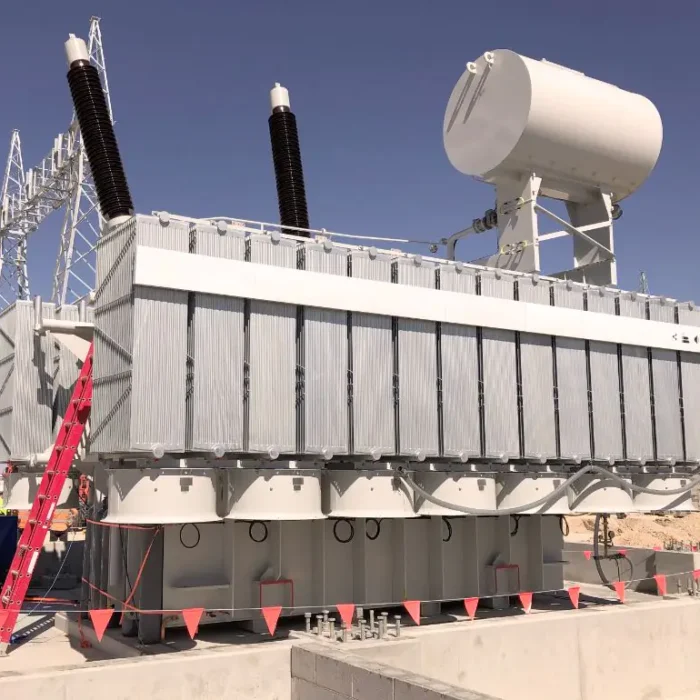Transmission Modelling
Power System Analyses
Go2Power has been extensively commissioned around the world by transmission system operators (TSOs) to quantify and optimize the impact of transmission operations and congestion for both the long and short term. Studies range from entire system master plans to connection studies for asset integration. Our power system engineers come with extensive field experience at TSOs and Utilities. We offer Regulatory support, possibility of developing and reviewing Grid Codes and Security standards
Learn moreLoad Flow Analysis || Short-Circuit Calculations || Contingency Scenarios || Reactive Power Capability || Voltage Stability || Dynamic Stability || RMS Studies || PV & QV Analysis || Power Quality || EMT Studies || Protection Coordination Studies || Reliability Studies || Grid Code And Security Standards Review










